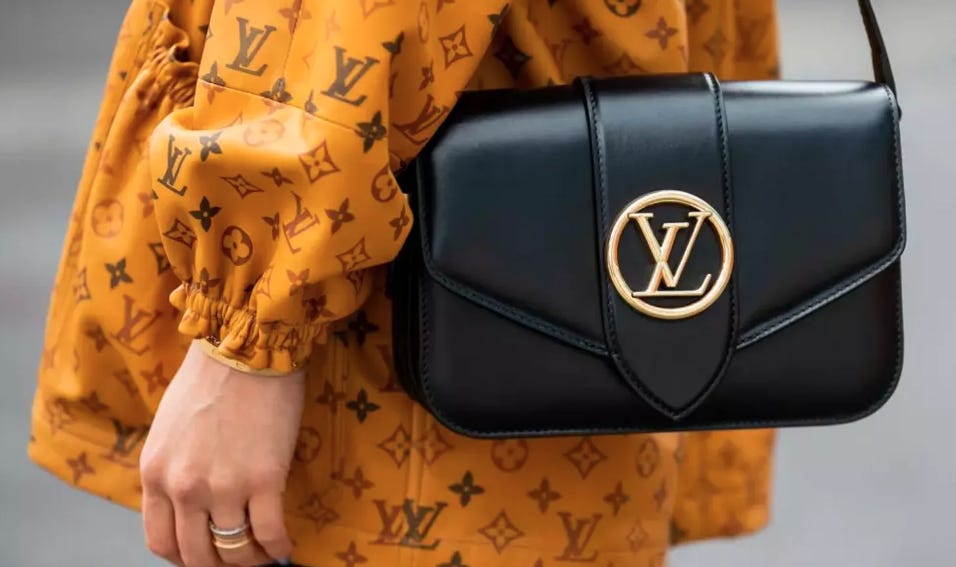
Saved by Matthew Giampetroni and
LVMH and the Luxury Strategy

Saved by Matthew Giampetroni and
phoebe and added
Steve O'Farrell added

sari and added
sari added
sari added
Diego Segura added
This brings us back to Chapter 1, and to the goal of this book: clarifying concepts. To make things simple: the luxury strategy is resilient, but the luxury market as a whole is not resilient. Only the brands managed under the strict rules of the luxury strategy are crisis-proofed.
sari added